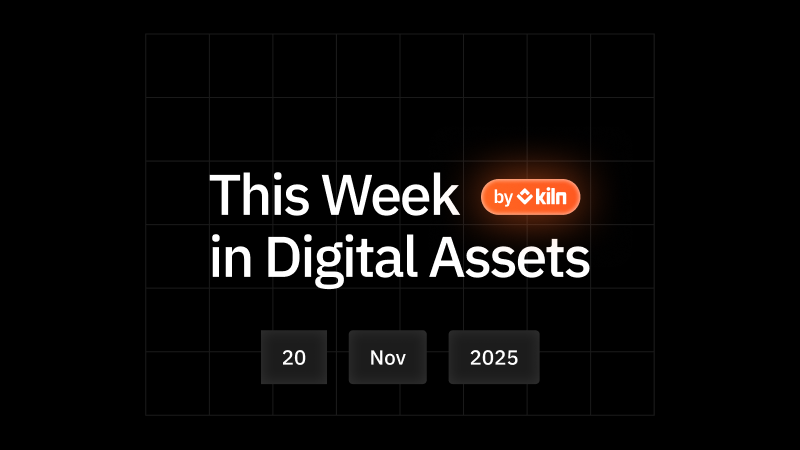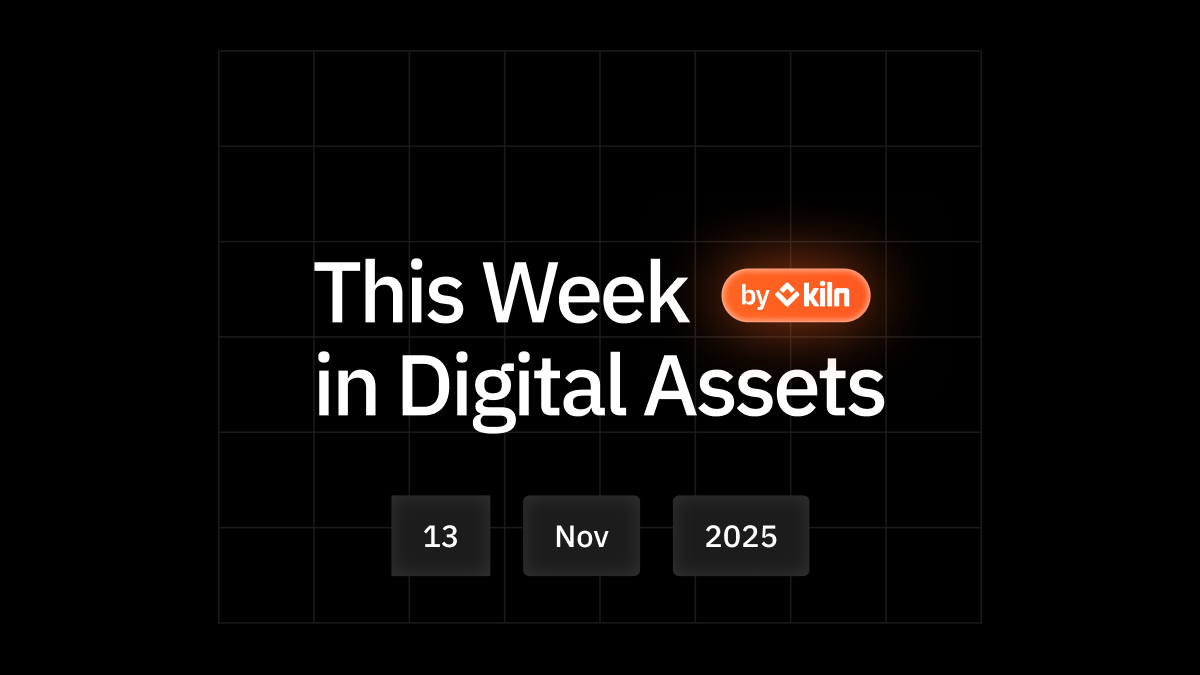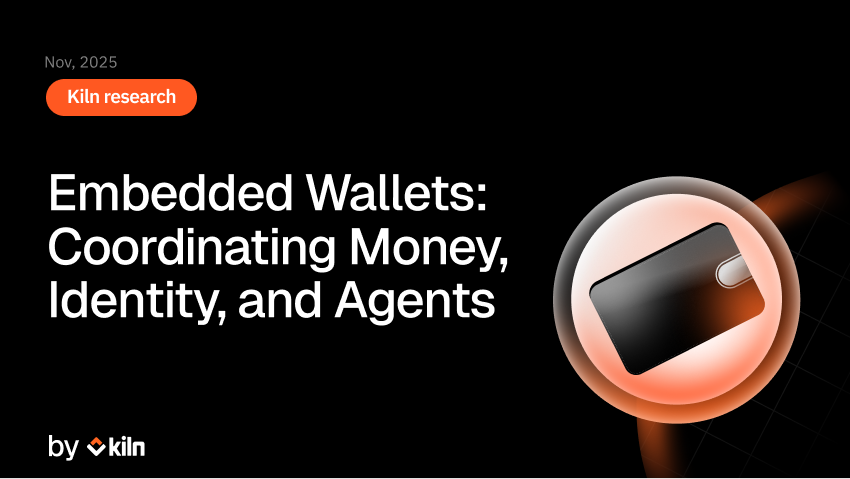S&P Dow Jones Indices’ decision to license the S&P 500 to Centrifuge pushes the world’s most-tracked benchmark into programmable finance and gives institutional tokenization one of its highest-profile use cases to date. The inaugural vehicle—the Janus Henderson Anemoy S&P 500 Index Fund Segregated Portfolio—will hold the underlying equities offchain in conventional custody while issuing redeemable fund tokens on Centrifuge’s network. In structure, it resembles an ETF, but cash creation, redemption, and collateral reuse can occur around the clock, and the index math itself is published onchain through a “proof-of-index” feed.
For market practitioners, the onchain wrapper opens several new workflows. First, tokenized S&P 500 exposure can serve as 24/7 collateral in onchain lending markets, perpetual futures margin accounts, and bespoke repo smart contracts—functions traditional T+2 ETF shares cannot perform. Second, we expect vault curators to treat S&P 500 tokens as an active yield sleeve—lending them out, pairing them in DEX pools, or pairing them with tokenized cash and covered-call overlays—so the position generates income rather than serving as passive beta alone. Third, investors outside the U.S. brokerage system gain fractional access by paying only gas and FX rather than custody and wire fees.
The scale of impact will depend on the depth of the secondary market and the efficiency of arbitrage. Janus Henderson’s earlier tokenized treasury funds reached $1 billion in AUM within months, and a comparable trajectory here would validate the model and possibly prompt other index publishers, such as MSCI and FTSE Russell, to follow suit. We believe that the index providers will largely be chain-agnostic: as long as licensed managers are willing to launch onchain products, the fee model remains intact. The bigger unknown is whether traditional asset managers with massive ETF franchises like Vanguard or BlackRock risk fragmenting liquidity by launching parallel onchain classes.
For now, we expect the tokenized fund to draw a distinct cohort—crypto treasuries, market-neutral desks, and emerging-market allocators that lack direct U.S. brokerage access, so near-term cannibalization of ETF flows should be limited. That said, the balance could shift once the entire value chain moves onchain across primary share issuance, daily index calculation, and custody. Crucially, if future offerings adopt issuer-first structures where companies place real shares directly onchain rather than relying on wrapper vehicles, liquidity would remain unified. In this case, issuers would retain transparency into their holder base, and investors could interact with the asset under a single, programmable cap table. In that scenario, the economic and operational advantages of tokenized index exposure could start pulling flows from traditional ETFs into onchain equivalents.
We believe execution risks remain for this new onchain index fund. Daily index publication must translate into accurate intraday NAVs, and authorized-participant economics must be tight enough to keep the token aligned with the equity basket. A challenge we also see is that large custodians must reconcile offchain share counts with onchain supply continuously. Smart-contract or bridge exploits could freeze redemptions, and liquidity might split between the token and the $17 trillion SPX, SPY, and /ES until arbitrage compresses spreads. If those frictions linger, the product could remain just a niche wrapper for crypto-native holders.
In our view, moving the S&P 500 onchain is less about chasing the tokenization trend and more about testing whether large-cap equity exposure can live, trade, and settle natively in programmable fashion on blockchains. This initiative trends in the same direction as Robinhood’s announcement this week of its upcoming single-stock tokens, yet it targets a different use case: an issuer-aligned, index structure designed for efficient institutional collateral rather than 24/7 retail trading. If secondary liquidity and corporate-action processing prove robust, tokenized indices could become a foundational block of this market cycle, but if they stall, the effort will remain an elegant parallel wrapper. Over the next 12–18 months, we will watch creation-redemption volumes, onchain lending activity against the fund, and the speed with which rival index families replicate the model. Those signals will determine whether the launch of the largest equity index fund onchain marks the start of meaningful equity migration to decentralized rails or simply a high-profile proof-of-concept.
About Kiln
Kiln is the leading staking and digital asset rewards management platform, enabling institutional customers to earn rewards on their digital assets, or to whitelabel earning functionality into their products. Kiln runs validators on all major PoS blockchains, with over $11 billion in crypto assets being programmatically staked and running over 5% of the Ethereum network on a multi-client, multi-cloud, and multi-region infrastructure. Kiln also provides a validator-agnostic suite of products for fully automated deployment of validators and reporting and commission management, enabling custodians, wallets, and exchanges to streamline staking or DeFi operations across providers. Kiln is SOC2 Type 2 certified.

















